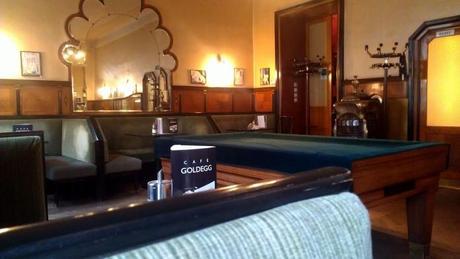
The pace of Vienna immediately imposes itself on me: after the bustle of travel, of train connections and ever-changing beds, Vienna lures me into Kaffeehäuser and time drifts to a standstill. Vienna invites you to think, to take time, guilt free. Our ideas can’t settle in a frenzy of activity, and to return to Vienna means to luxuriate in slow days—enforced late starts, inattentive waiters and friends hungry for deep conversations late into the night. Overwhelmed at the scheming ahead of me, the plans and hopeful ideas, Vienna has lulled me into an unworried place and whispered, ‘Kein Stress; collect your thoughts.’
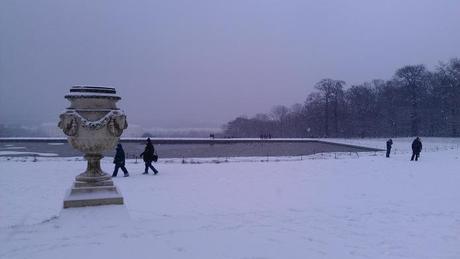
Schloß Schönbrunn, Wien
And yet, I’ve kept my hands and mind well-occupied. Shortly after my return, my painter friend Philip arranged a week-long pose with a model. This was an excellent chance to test some of my recent thoughts on memory. During this week I thought a lot about two contrasting modes of learning, which I came to think of as positive and negative learning. Many of my peers in Vienna lack, and desperately crave, a teacher—as do I. Yet our approaches to commandeering our own learning are like night and day. I sat down in the weeks before and wrote myself a plan. I decided what to investigate, how I would go about it, how I would limit myself, and how I would test myself. I set something clear to aim at, and prepared myself to achieve it. I saw that my studio colleagues, meanwhile, were seeking to improve themselves largely by inviting criticism and adapting their work accordingly. The trouble is that everyone has an opinion and these haphazard offhand comments are unlikely to resolve themselves into a harmonious picture.
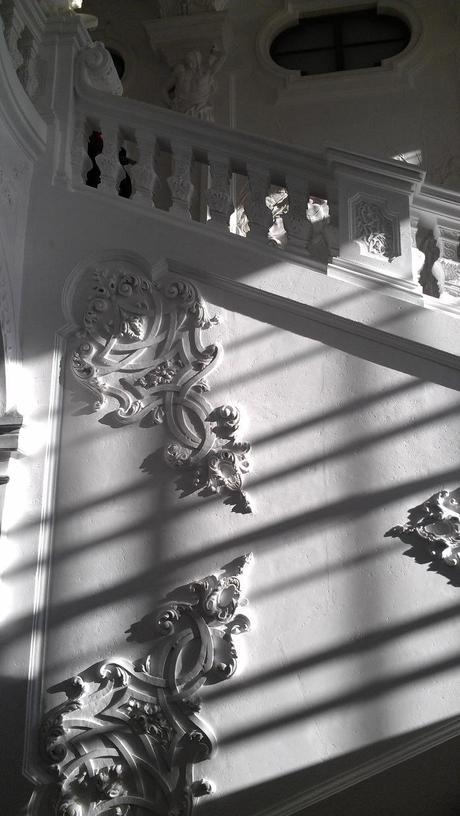
Oberes Belvedere, Wien
I appreciated anew the generosity of my teachers Scott and Ryan in Brisbane, who teach in a giving, positive way. Rather than waiting for me to fail and knocking me down, they set me a fresh task each class and helped me concentrate on achieving it. And they taught me how to make my way without their instruction; how to set and evaluate my own tasks. Outside criticism might be useful to a point, but largely irrelevant if the bestower of criticism is ignorant of my goal. And, in my experience, willing critics do not consider even asking what you might be trying to achieve.

Schloß Schönbrunn, Wien
So, this being my second ever full-figure painting from life, I decided to concentrate on three things: translating the fluidity of drawing into paint, consolidating some anatomy, and testing my memory. I did not intend to make a charming finished picture, or a genuine portrait, or to get too lost in colour. While all of these things would be nice, I would at best consider them happy by-products, and not let them carry me away from my focus. If the colour lacked life, so be it. The drawing must have life, and I must find a way to energise the paint with it, and not let the paint stiffen my drawing. Part of this would be to not be afraid of painting over the drawing, but to trust myself to be able to redraw, and redraw better, knowing I was ever more familiar with the subject. And anatomy, of course, is always a challenge to locate under the skin of a real and wholly individual model. Memory would permeate this as well, as I would be forced to recall what I knew as I tried to locate it. And hopefully the finding of it would cement it further in my memory.
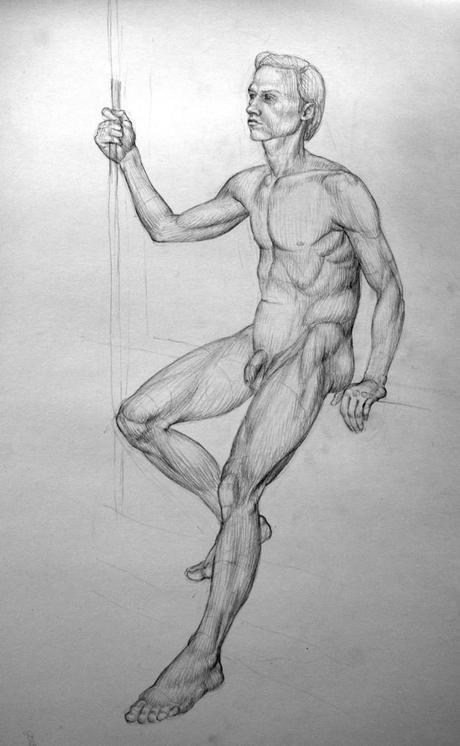
To orient myself, I brought in a large pad on the first day and set to work making a detailed drawing. I went slowly and lightly, at first feeling for the gesture of the pose, feeling the cramp through the hunched torso, the stretch through the extended leg. I found myself excellently situated in a spot with almost full-light, able to see every muscle which was turned towards me, and to concentrate on the anatomy and the forms. I spent two days on this drawing, modelling it with fine hatching. In between, at home, I had my anatomy book out and made little practice sketches of the pose, searching out the probable locations of the muscles I had identified in the book, to compare with the model later, or trying to identify unknown lumps I had observed in the surface of the model’s skin.
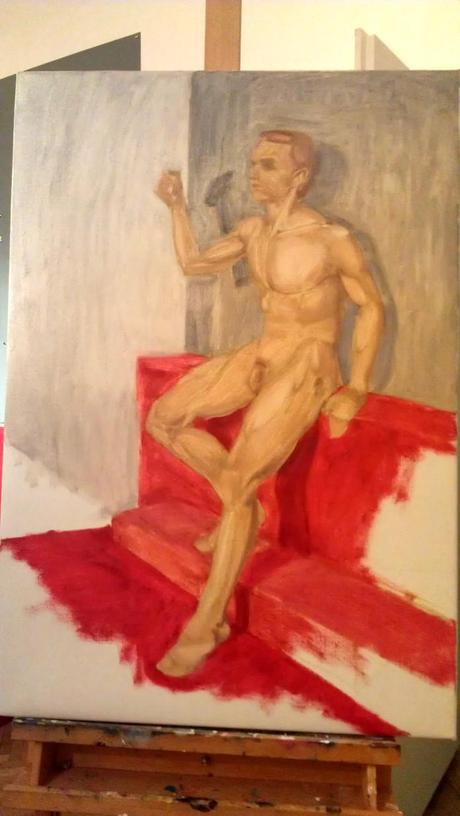
When I returned on day three with my freshly-stretched linen towering above me, the figure was so ingrained in my mind that I quickly and freely drew him up directly in paint in the first session. The rest of the day was spent carefully observing colours and tonal relationships and blocking in as much colour as I could. I decided to keep the contrast softer. I worked simply, with one mix for light and one for shade for each colour.
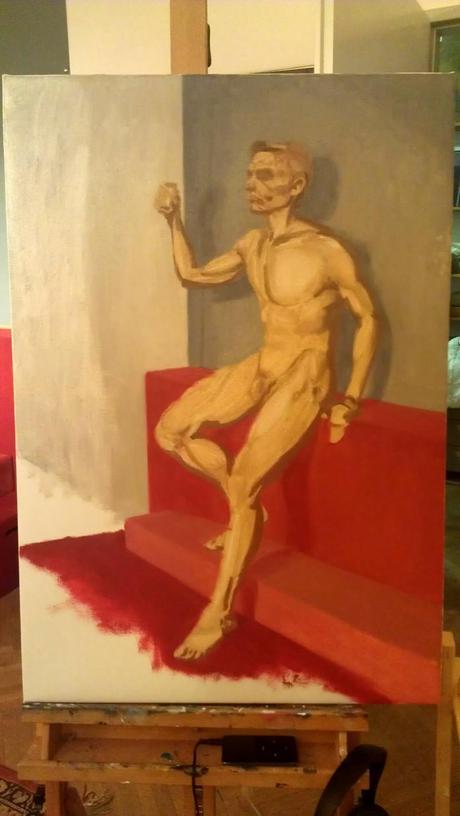
The next day I went in more firmly with the shadows, and spent some time fitting them within the context. By the fifth day, things were getting serious: making decisions about the flesh, how to colour it, how to model it, and how to make it lively. I was given all sorts of advice about contrast, about whacking in some arbitrary blue bits, about how dull and flat my figure looked. But I persevered. I had a plan, after all. By the end of this day, I was satisfied that my figure felt full and that he expanded into a three-dimensional space, and that I could explain all of the ridges and swellings. No lies here.
‘But this has nothing to do with erratic, ‘skilful’ negligence or any alibi for covering up what has not been resolved. The perception-related attributes of this activity go together with the ability to filter out and select anything not immediately essential to the fundamental realisation of subjects and ideas.’ (Bammes, p. 240).
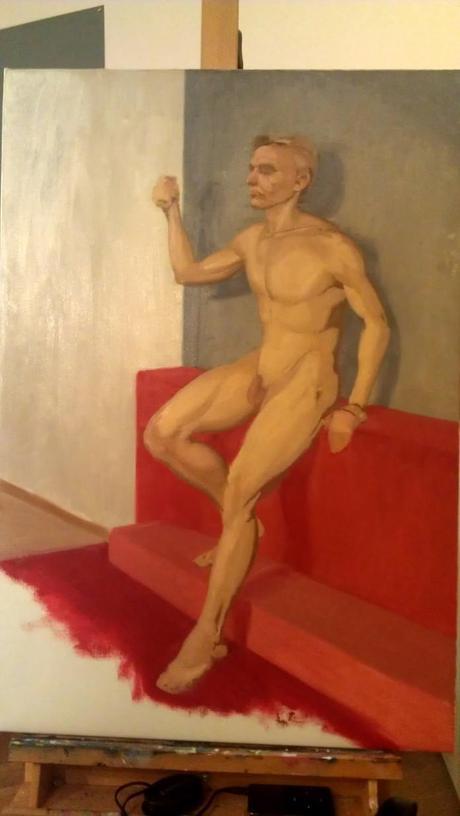

Having worked very broadly up until this point, and ever keeping the construction of the body at the fore of my mind, I was now at liberty to refine my picture. I only adjusted things in small ways, trusting my earlier and hard-won decisions. Clark (p. 133) would approve: ‘The average student cannot make a success of this procedure because accident is more attractive than substance. He seizes upon tricks of style, and overlooks essential structure.’ I introduced more pink at the extremities, mixed more neutral colours for the furthest limbs, and set a point at which the light fell the strongest on him to work out from.
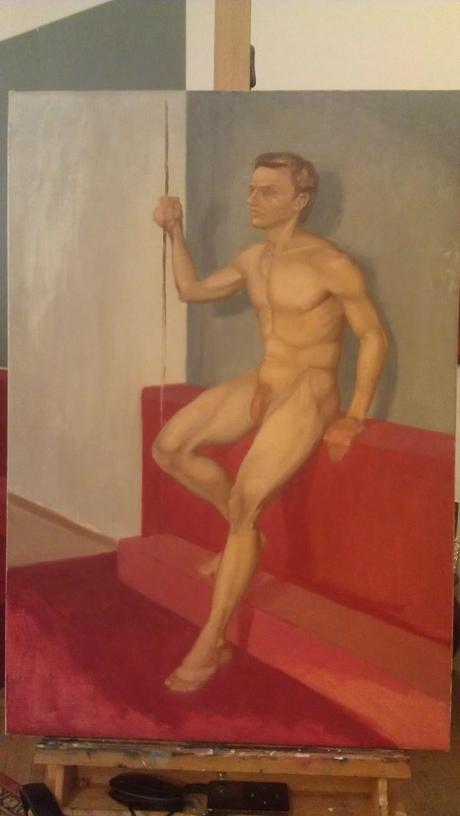
Suddenly our seven days were up, and I had to cart this guy, still wet, home on the U-Bahn and through the fog, via another life drawing session. I set him up in my own studio and worked a couple more days. Seeing him in natural light was extremely helpful. I was pleased at having thought everything through systematically, for my decisions held up under a different light. At home I worked from my drawing. I had already paid such close attention to the hands, feet and face that the simplified planes I had established in paint were readily transformed into fingers and toes and features.
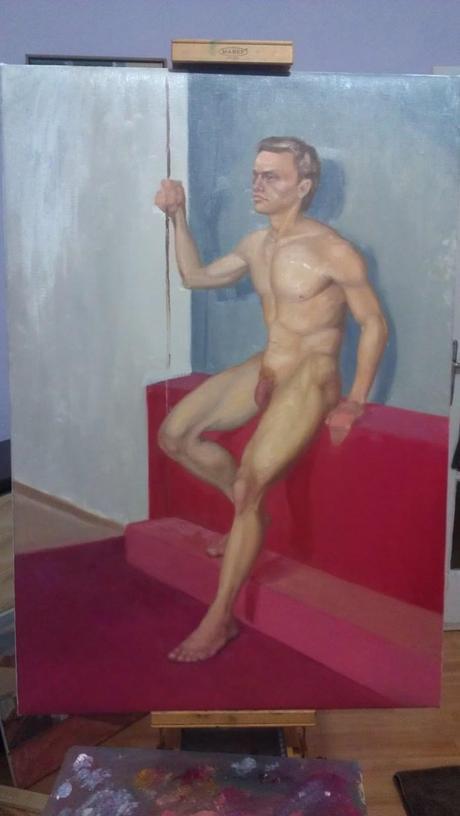
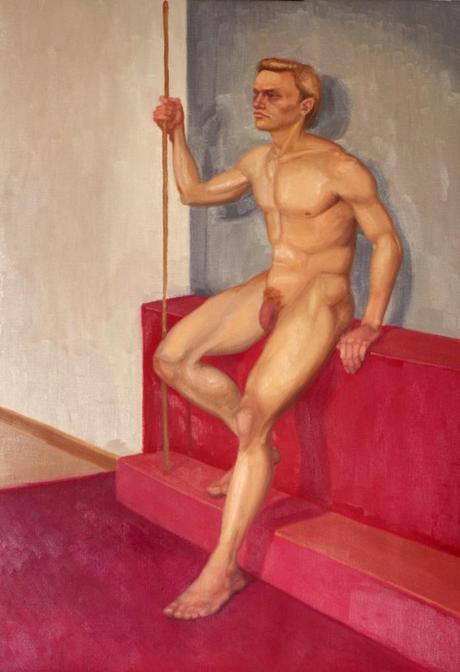
Ash
But then—the test! Not only had I intended to consolidate some anatomy, and translate drawing into paint, I wanted to use this week to push my memory. Ryan had boasted that he could redraw entire drawings from memory if he had been working on them long enough. Incredulous, I was determined to do the same. And so, at my desk, with my painting turned to face the wall and my original drawing tucked away, I set about redrawing him. And really—I had been staring at one man seated in one pose for a week; if I couldn’t recall him then I could not have been so attentive. The pose came out easily, but the more I got into specifics, the more difficult it got. In general terms, I remembered where muscles belonged and where they should go, but not necessarily how limbs overlapped. The gaps that were revealed—the squashed chest, for example—showed up things I could guiltily admit to not understanding so clearly, like how the pectoralis and the deltoid meet.
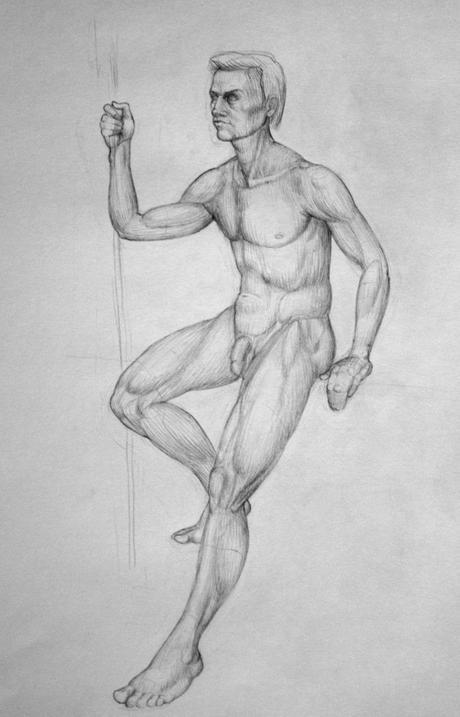
Drawing from memory
It became clear that few of my fellows enter such a scenario with a clear idea of what they will investigate. They are desperate to learn, but not purposefully approaching their learning, or taking charge of it. Their strategy was, rather, to rely on the critique of others, and as such they seemed disproportionately eager to dole out criticism. Their defensive drawing and painting strategy makes for a wholly negative learning experience—draw, fail, and be corrected.

Volksgarten, Wien
I realised how fortunate I’ve been to receive a great deal of positive teaching. My teachers have long since instilled in me the approach of dreaming up a challenge, a strategy, and working toward it. It is focused and limited. To muddle me and burden me with anatomy corrections far too advanced for me would only have distracted and discouraged me. Instead, they always kindly directed me towards something, and made their generous corrections in sympathy with this goal. And, perhaps most importantly, they taught me that I didn’t need them to set tasks for me. They taught me how to set my own tasks.
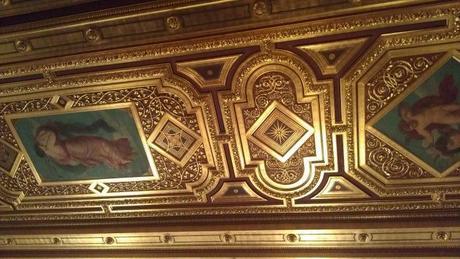
Musikverein, Wien
Bammes, Gottfried. 2010. Complete guide to life drawing [Menschen zeichnen Grundlagen zum Aktzeichnen]. Trans. Cicero Translations. Search: Kent.
Clark, Kenneth. 1985 [1956]. The nude: A study of ideal art. Penguin: London.

